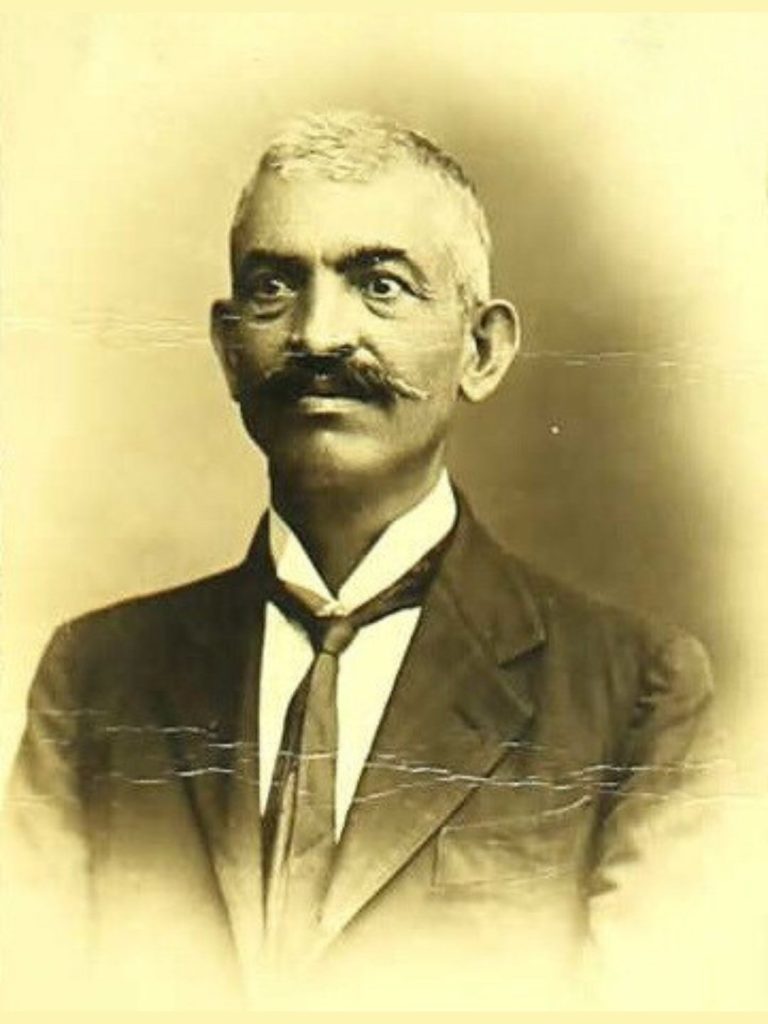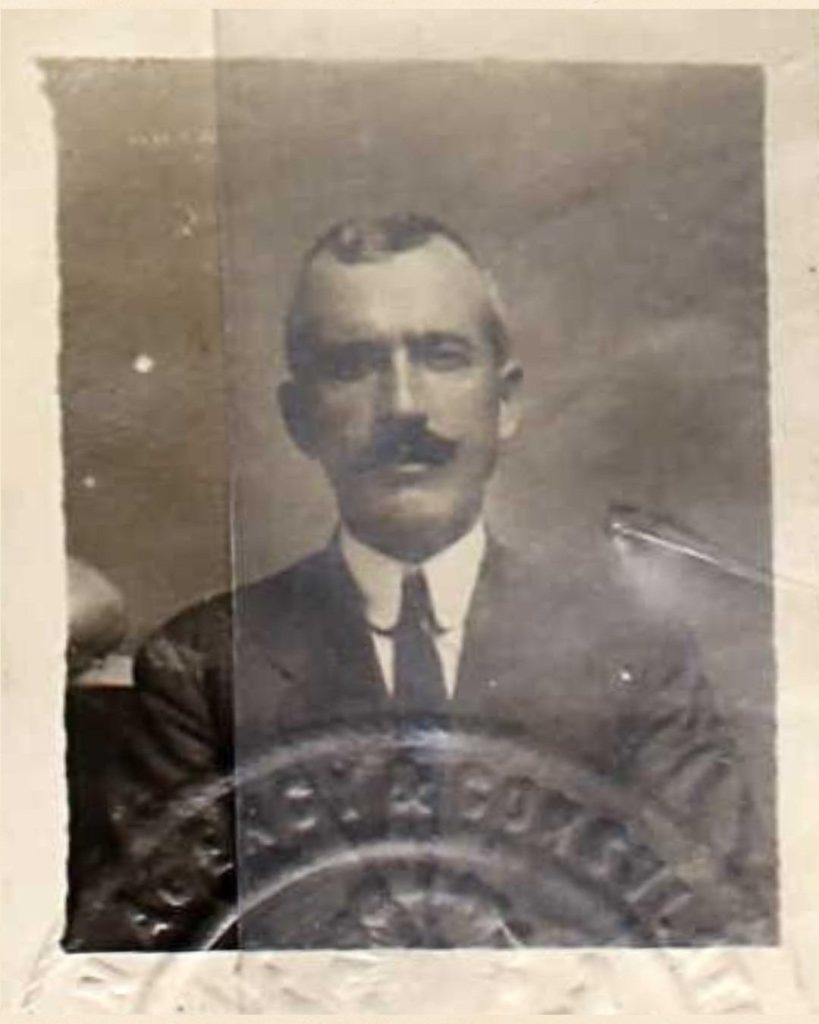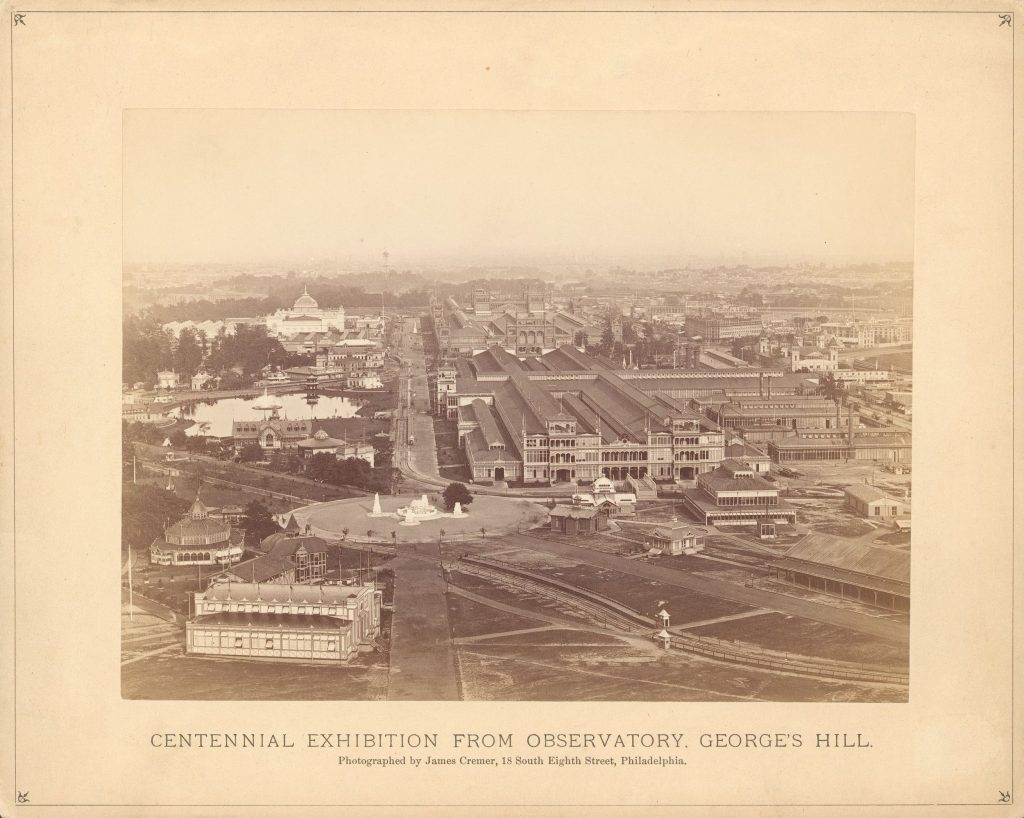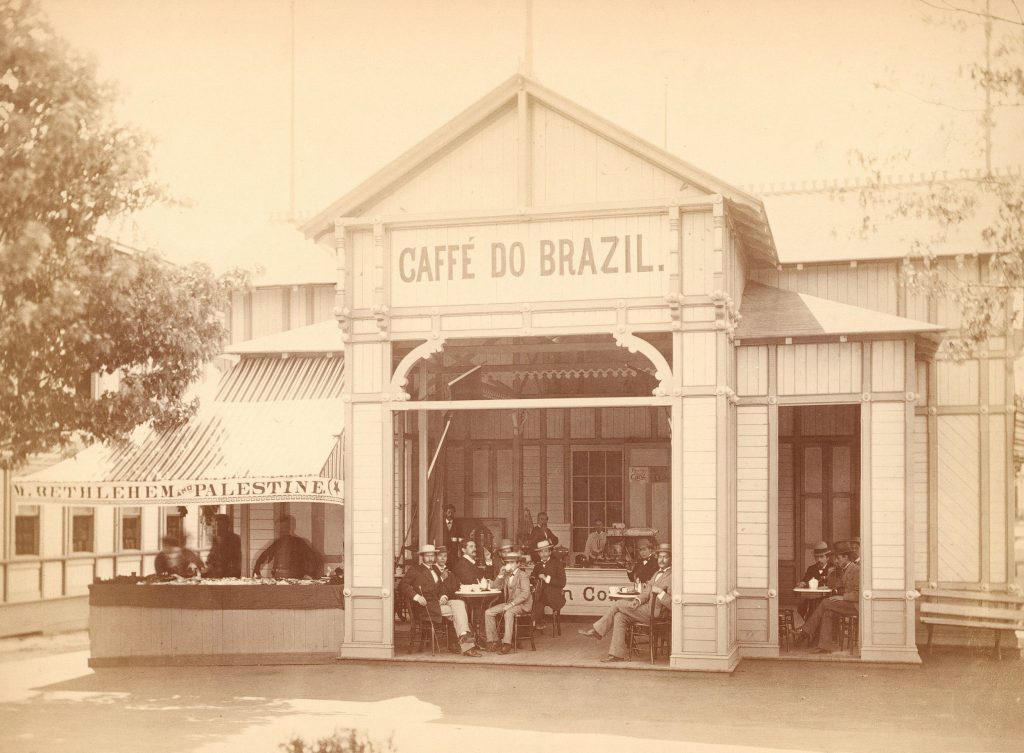In the 1900 census, Moussa Talamas was listed as living on Washington Street.
A modest number of Palestinians were living among the Syrians on Washington Street on the Lower West Side of Manhattan in the nineteenth and early twentieth centuries. Most hailed from Bethlehem, a thriving global trade center by the late 19th century, with a network that connected Bethlehem to South and Central America, the Caribbean, the Philippines, and the United States. Their networks in these other countries had been established first; it appears New York was something of an afterthought, and that it never reached the importance the others did. Jacob Norris’s recent book, The Lives and Deaths of Jubrail Dabdoub beautifully tells the story of Bethlehem’s rise to prosperity.
Members of three important Bethlehemite families immigrated to New York in the late nineteenth century: the Talamas, Handal, and Dabdoub families. They were Catholics, attending Catholic churches wherever they ended up settling. They married only other Bethlehemites and all were merchants.

TALAMAS: The Talamas family had already established itself in Haiti when Moussa Hanna Talamas arrived in the early 1890s. Moving to New York in 1895, he set up as a commission merchant, exporting cotton goods to Haiti, which his brother Solomon, acting as his trading partner there, sold. His office was at 60 Greenwich Street, side by side with dozens of Syrian merchants. The brothers traveled incessantly between Haiti and New York (they also spent time in Mexico City) and became American citizens in 1905 (Moussa) and 1903 (Solomon.) Unlike Solomon, Moussa put down real roots in New York. Miladeh (Handal) Talamas followed her husband to New York in 1899 bringing their two children; three more were born in Brooklyn. He bought a home in 1902 in what is now called the East New York neighborhood of Brooklyn, quite far from Washington Street where he had his office, and a second house there in 1906. By 1909, the Haitian side of the business, importing silks from Europe and cotton goods from the U.S., had grown significantly, and in 1912, Moussa finally pulled up stakes and moved his family to Haiti where he remained, albeit with frequent trips to New York. He died in Port Au Prince in 1926.
HANDAL: Solomon Handal immigrated to New York in 1893, but like all the Bethlehemites, he was constantly on the move. He went back and forth between New York and Honduras where the Handals had established trading interests. His brothers Beshara, Elias, Mikhail, Antoun, and Jacob had immigrated by 1900. When asked for the name of someone who could vouch for them in New York City, all the Handals gave the name of Salim Elias—a Syrian Maronite merchant with a store at 96 Greenwich–and Solomon’s 1900 naturalization was witnessed by Ameen Shibley, another Maronite Syrian. Solomon (and presumably his brothers) were living at 9 Rector Street in the heart of the Syrian colony that year with their cousin Saleem Marcos, who worked in Mexico. Only Solomon and Jacob stayed in New York, setting up an import firm in 1902, calling it S.A. Handal and Brother.

Both families moved to Brooklyn, first to South Ferry with the other Syrians and then further east to the Midwood neighborhood where they remained. Once Solomon’s two eldest sons were old enough, he set up an import firm with them, leaving Jacob to partner with Joseph Dabdoub and Andres Mansour (two Bethlehemites) in a dry goods brokerage business. In 1920, Jacob, Beshara, and their nephew Salih Handal were importers of Japanese goods, which may have run concurrently with the brokerage. Solomon’s and Jacob’s families and their descendants lived out their lives in Brooklyn and are buried at Holy Cross Cemetery.
DABDOUB: Michel and Beshara Dabdoub were possibly the first members of their family to travel to the United States. They came to the country to showcase their goods at the 1876 Centennial Fair in Philadelphia where they set up their “Bethlehem Bazaar” in direct competition with the nearby “Jerusalem Bazaar.” They produced intricate mother-of-pearl carvings ranging from small crosses and rosaries, which were easily transported and carried in peddlers’ packs, to elaborate nativity scenes and models of the Church of the Nativity that won prizes at numerous fairs.

“Bird’s eye view of the Centennial Fair.” Courtesy of the Free Library of Philadelphia.

Palestine Booth. Courtesy of the Free Library of Philadelphia.
In 1895, Saleh Dabdoub arrived in New York and took up lodgings in the Syrian neighborhood. By 1900, his wife, Miladeh (Kawas), and their two children had joined him; their third child was born the following year in Manhattan. Shortly after, Saleh’s three brothers followed suit and immigrated to the US. All took up residence in New Jersey while continuing their trade in Holy Land goods from their office in the Syrian colony. In 1905, Saleh gave his profession as a machinist, and on his naturalization application was listed as a farmer; however, a 1910 Manhattan directory shows Abraham, David, John, and Saleh Dabdoub manufacturing and exporting church goods at 79 Cortlandt Street, under the name “S.G. Dabdoub and Brothers.” By this time, they had expanded beyond crucifixes and mother-of-pearl carvings into Catholic church furnishings like chalices and vestments. After 1910, over a dozen relatives migrated to New York and established independent businesses. Like Talamas in Haiti, Saleh relocated his family to Honduras in 1913 and only returned to New York for short business trips. He died in New Orleans in 1938.

